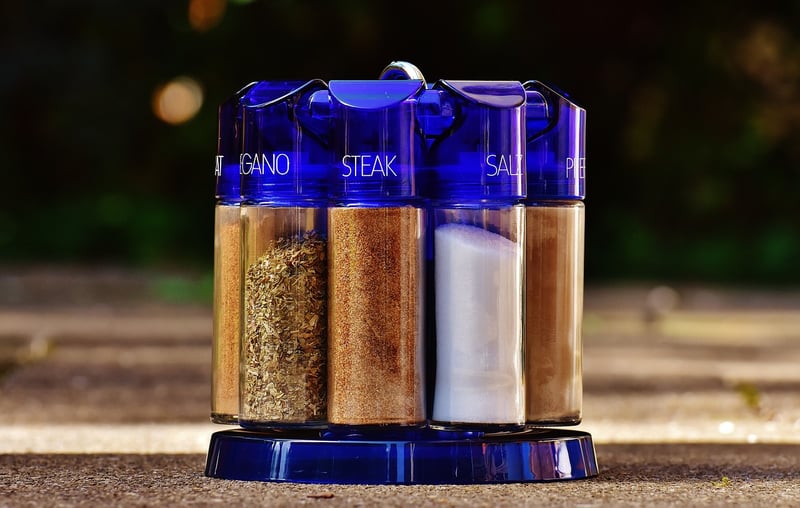Ingredient Substitutions
Enhance Your Skills: Ingredient Substitutions
Exploring ingredient substitutions is a fantastic way to elevate your cooking game, adapt to dietary restrictions, and save the day when you're missing a crucial item. Whether you're a seasoned chef or an aspiring home cook, mastering the art of ingredient swaps can open up a world of culinary possibilities. Let's dive into some common ingredient substitutions to help you enhance your skills in the kitchen.
1. Butter
When a recipe calls for butter, you can often substitute it with margarine, coconut oil, or even Greek yogurt for a lighter option. Each substitution may impart a slightly different flavor profile, so feel free to experiment based on your preferences.
2. Eggs
For those looking to avoid eggs, mashed bananas, applesauce, silken tofu, or flaxseeds mixed with water can serve as excellent replacements in baked goods. These alternatives can provide moisture and binding properties similar to eggs.
3. Milk
Non-dairy milk options such as almond milk, soy milk, or oat milk can be used in place of regular milk in most recipes. Additionally, buttermilk can be substituted with a mixture of milk and vinegar or lemon juice, allowing you to achieve similar results.
4. All-Purpose Flour
When you're out of all-purpose flour, consider using whole wheat flour, almond flour, coconut flour, or even oats ground into a fine powder. Each alternative will bring a unique texture and flavor to your dishes.
5. Sugar
To reduce the amount of refined sugar in your recipes, try sweetening your dishes with honey, maple syrup, agave nectar, or stevia. These natural sweeteners can add depth and complexity to your cooking while cutting down on processed sugar.
6. Salt
If you're watching your sodium intake or simply find yourself out of salt, consider using herbs, spices, citrus zest, or vinegar to enhance the flavors in your dishes. Experiment with different seasonings to find the perfect balance for your taste buds.
By incorporating these ingredient substitutions into your cooking repertoire, you can adapt recipes to suit your needs, explore new flavors, and become a more versatile cook. Embrace the art of substitution as a creative challenge rather than a limitation, and watch your culinary skills flourish!
Keep experimenting, keep learning, and most importantly, keep enjoying the process of creating delicious meals in your kitchen.

For more culinary inspiration and tips, visit Food Network.
